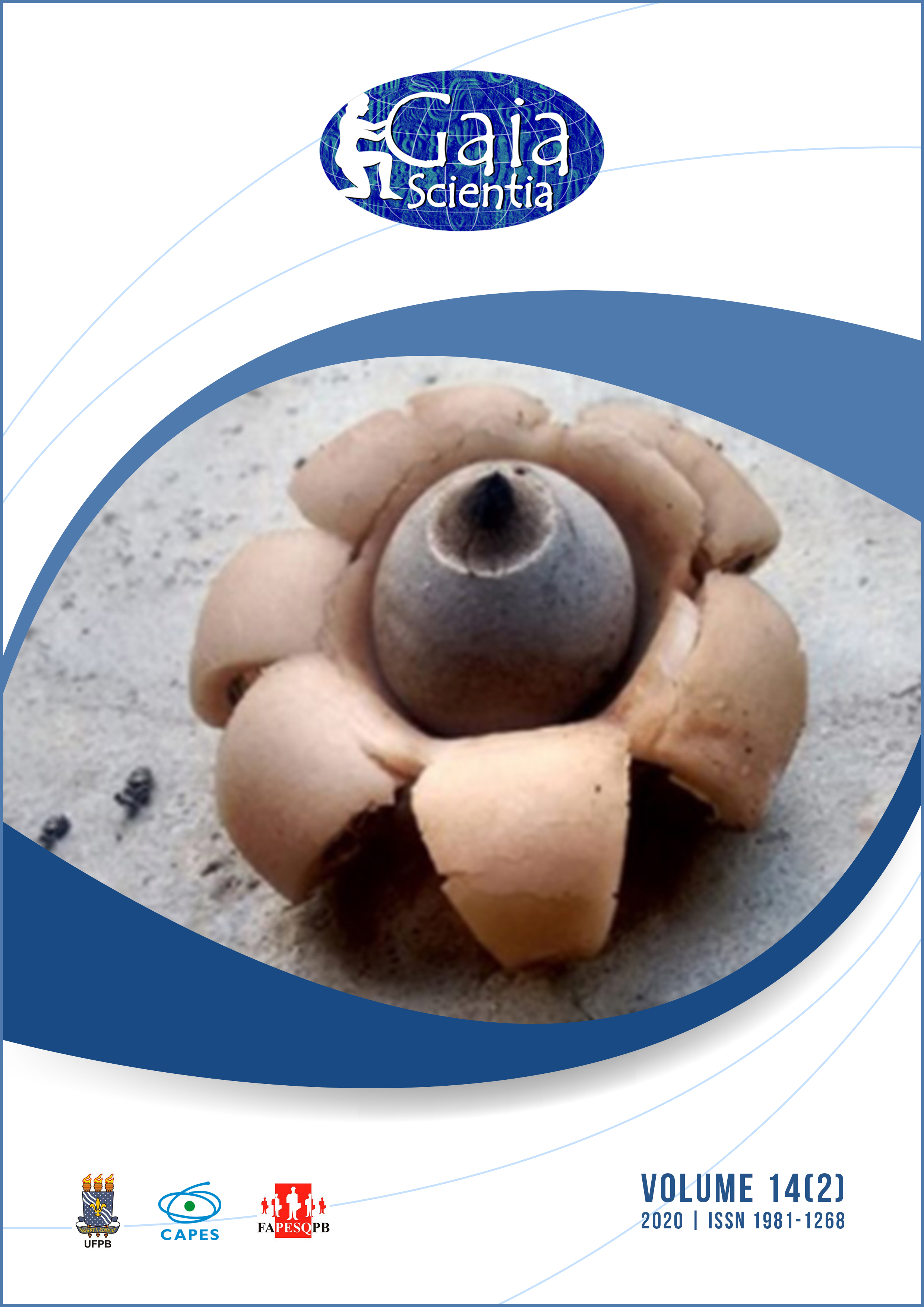Adsorption potential of hybrid nanocomposite of magnetic graphene for diuron herbicide removal
DOI:
https://doi.org/10.22478/ufpb.1981-1268.2020v14n2.50120Abstract
Among the processes for removing contaminants from water, adsorption is distinguished as a superior remediation technology. Graphene has been outstanding as adsorbent material due to its unique properties. This study was carried out using a hybrid magnetic nanocomposite of graphene and manganese ferrite (NCGM) for the treatment of water contaminated with the herbicide diuron, developing a possible alternative in water and wastewater treatment processes. The adsorption potential of the adsorbent was evaluated in batch scale assays. Kinetic studies were performed and the adsorption isotherms were also studied. The results showed that graphene presented a maximum adsorption capacity of 7.9 mg g-1 at 45º C after 4 h of contact time. The results of adsorption kinetics fit the pseudo-second order model better, indicating a chemical process involved. Freundlich's model was better for adjusting the data obtained for the adsorption isotherms, indicating a heterogeneous and multilayer adsorption process. The process showed to be endothermic, being favored by the temperature increase. Therefore, it was concluded that NCGM presented as a potential adsorbent material for treatment of diuron contaminated waters.










